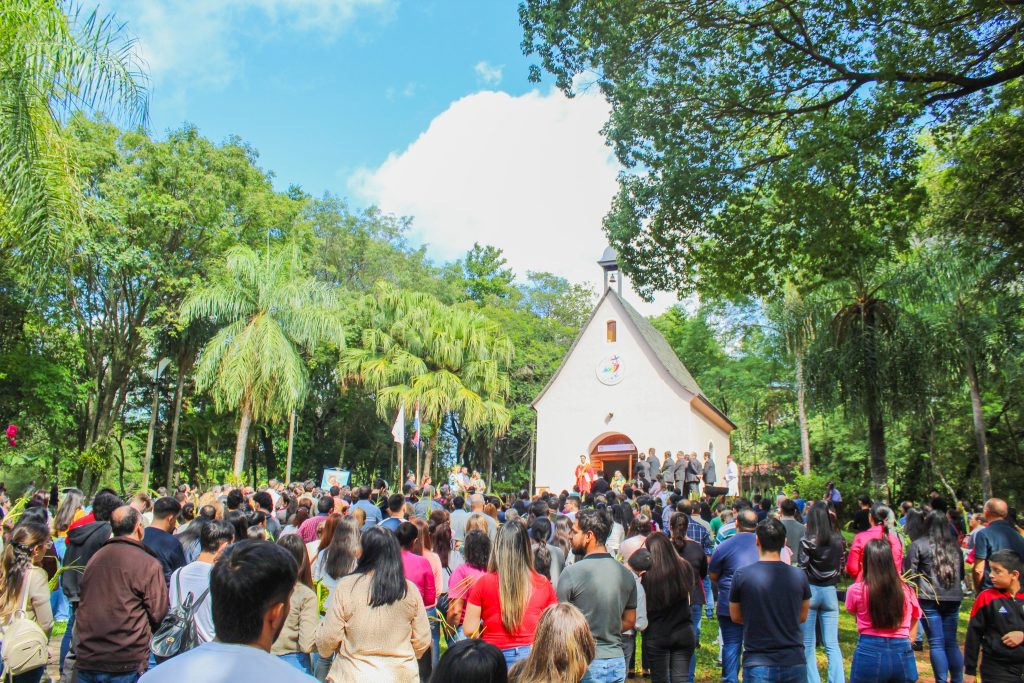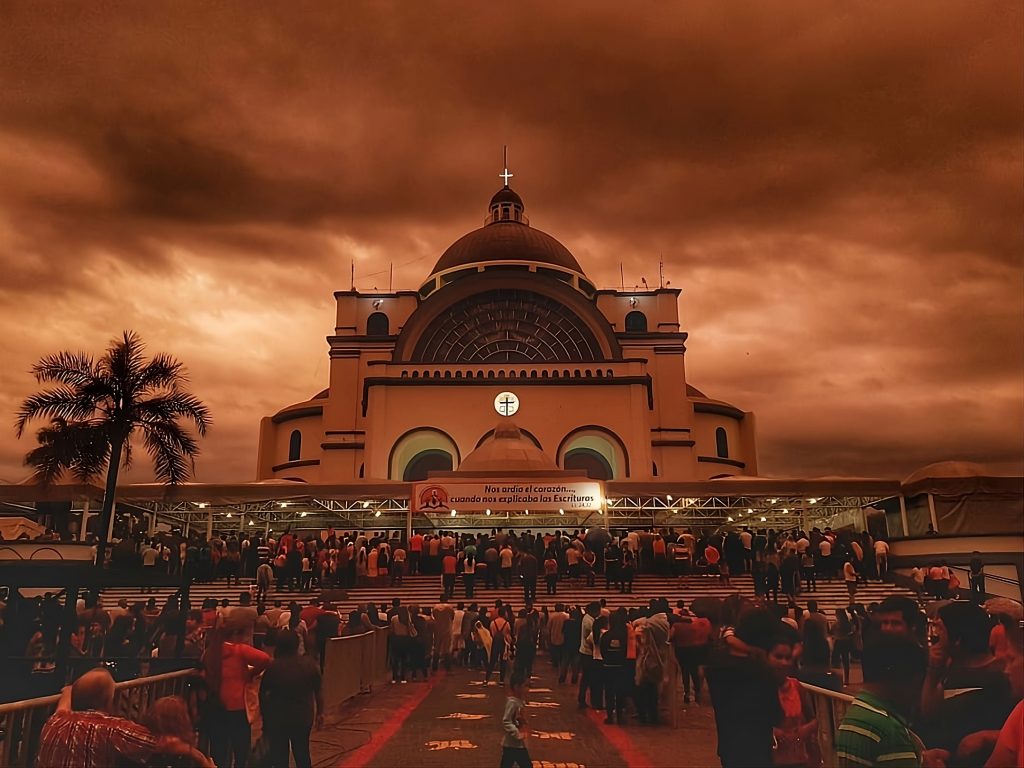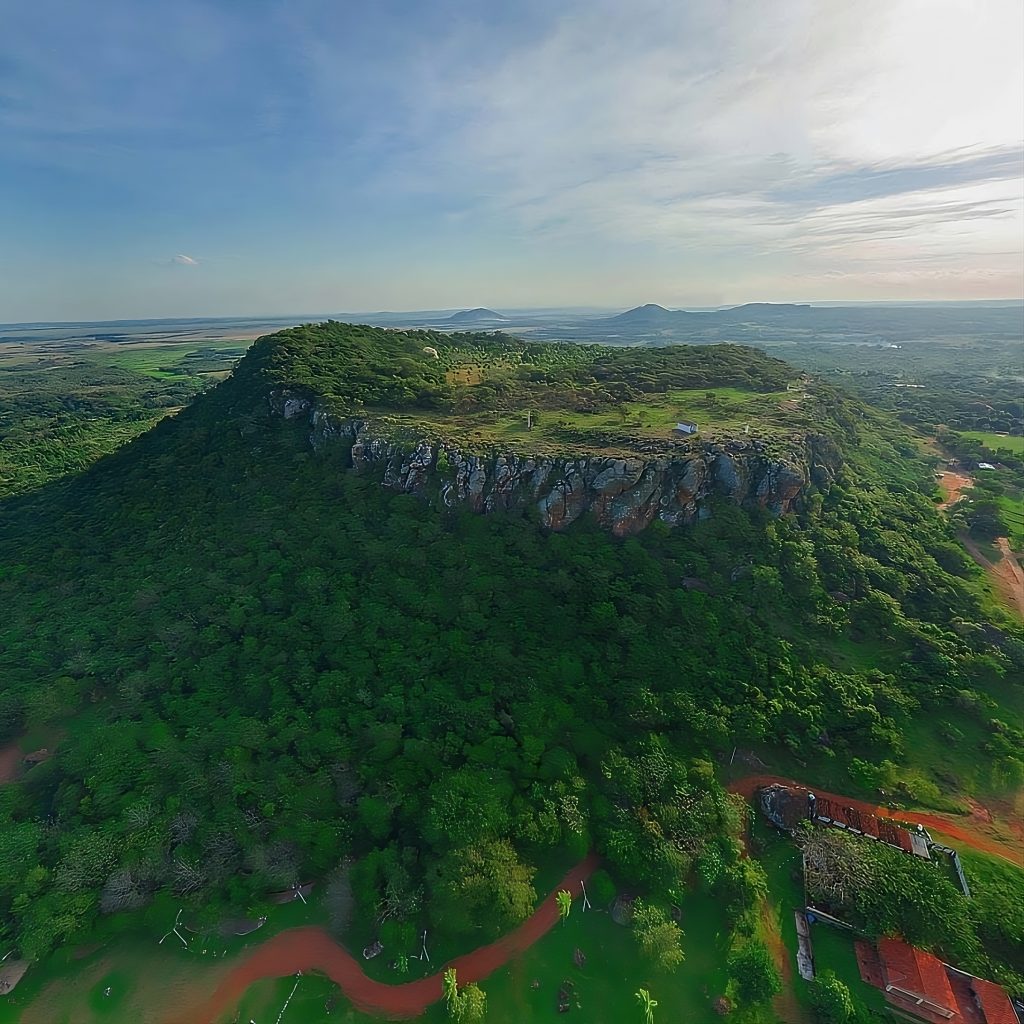Remarkable destinations surround Asunción, each offering its own character and charm. Several nearby cities and towns preserve cultural traditions and offer visitors memorable experiences. For those seeking short day trips outside the country’s capital and escape without a long journey, here are five worthwhile day trips outside Asunción.
These five day trips, all reachable in under an hour and a half from Asunción, showcase Paraguay’s layered identity. From Areguá’s pottery and literary echoes, to Ypacaraí’s folklore and lakeside shrines. And from San Bernardino’s German-Paraguayan fusion and summer revelry, to Caacupé’s sacred basilica and pilgrim traditions. And last, but not least, Yaguarón’s colonial temple, mythic hill, and revolutionary birthplace.
Areguá
Located approximately 30 kilometres from Asunción, about 40 minutes driving, Areguá is a UNESCO Creative City where culture and creativity sit at the centre of local development. Its colourful street markets, filled with pottery, intricate Ñandutí lace, colonial houses, and cobbled streets, clearly show this.

Known as the “City of Strawberries”, it hosts an annual strawberry festival where visitors enjoy desserts, juices, cakes, and even liqueurs made from the fruit.
Areguá also has strong artistic roots. For more than fifteen years, the Centro Cultural del Lago has brought together local and indigenous artwork, founded by British artist, philanthropist, and writer Ysanne Gayet.
Literature lovers may recognise Areguá as the backdrop for every short story and novel written by Gabriel Casaccia, considered the father of modern Paraguayan literature. Visitors can see the Church of Areguá, shop for pottery, enjoy cosy cafés, and admire Lake Ypacaraí’s shared lakeside views.
Ypacaraí

40 kilometres east of Asunción, Ypacaraí offers a day trip outside Asunción in a serene lakeside setting with a blend of natural beauty and cultural heritage. It is often referred to as the “City of Folklore” thanks to the internationally recognised Lake Ypacaraí Festival, held annually between August and September.
Among the sites worth visiting are the old train station and the Shrine of the Virgin of Schoenstatt of Tuparendá — a replica of the German sanctuary, set within extensive grounds and surrounded by lush vegetation. The Mother of Good Counsel Church, noted for its distinctive architecture, is another highlight.
Ypacaraí is also the hometown of renowned Paraguayan bands Salamandra and Bohemia Urbana.
San Bernardino

About 50 kilometres from Asunción, San Bernardino sits on Lake Ypacaraí and highlights its German heritage and lively summer atmosphere. Here, Demetrio Ortíz found the inspiration to compose Recuerdos de Ypacaraí, one of Paraguay’s most universal songs, later covered by Julio Iglesias.
“San Ber” is Paraguay’s summer hotspot, offering opportunities for picnicking, cycling, savouring the traditional bollos — a pastry beloved by both locals and visitors and celebrating the biggest Oktoberfest of the country every year. Its historic charm, dotted with colonial-era homes, brings an added appeal.
Visitors can enjoy water sports such as paddleboarding, dine at local restaurants, and visit the Hassler Museum, which tells the story of the town’s German founders and the notable figures who passed through during the twentieth century, including author Antoine de Saint-Exupéry and actresses Hedy Lamarr and Greta Garbo.
Caacupé

Situated approximately 60 kilometres from Asunción — about an hour and a half by car — Caacupé stands as the “spiritual capital of Paraguay”. It is home to the Basilica of Our Lady of Caacupé, one of the country’s most revered pilgrimage sites, drawing thousands of devotees each year. The soaring cathedral, with its serene atmosphere, offers a moment of reflection at the heart of Paraguay’s religious identity.
Beyond the basilica, the town’s quiet streets and eateries serving traditional dishes welcome visitors warmly.
Highlights include the Basilica of Our Lady of Miracles, especially during the annual 8 December pilgrimage, and the Virgin’s Well (Tupãsy Ykua), a historic site where pilgrims collect what many consider “blessed water”.
Yaguarón
Located 55 kilometres from Asunción, or about an hour’s drive, Yaguarón is a fascinating destination for those seeking a slightly more adventurous outing for their day trip outside Asunción. The town maintains an important cultural and artistic role.
At its centre stands the Templo San Buenaventura, a marvellous Franciscan church built by indigenous craftsmen during the colonial period (16th century). It appears on Paraguay’s tentative UNESCO World Heritage list as the most complete surviving example of Guaraní-era temple architecture.

On the outskirts lies Cerro Yaguarón, the town’s iconic hill at 256 metres, surrounded by native vegetation. The hill is associated with numerous legends and even paranormal tales — locals recount stories of ghost sightings.
Throughout the town, visitors can admire murals depicting Paraguayan interpretations of Guaraní myths, particularly the legend of the gods Tau and Kerana. The version of poet Narciso Ramón Colmán says their monstrous children were burned in a cave while the mother wept on the hilltop until her tears formed a spring.
Although rooted in Guaraní cosmology, the story of Tau and Kerana’s seven monsters is a Paraguayan creation by Colmán.
Yaguarón is also the birthplace of Paraguay’s first head of state, José Gaspar Rodríguez de Francia. His life inspired Augusto Roa Bastos, Paraguay’s most celebrated writer and 1989 Cervantes Prize winner, author of I, the Supreme. Francia’s former home now serves as a museum well worth visiting.



This is *exactly* the kind of summary I’ve been looking for – something preliminary to help me begin my search and narrow things down. Just curious if you also have a blog where you post about this at greater length? I’m gathering links for a visit in 2026, but I haven’t been there in around 13 years so I’m looking for longer text of people’s daily life personal experiences. <3